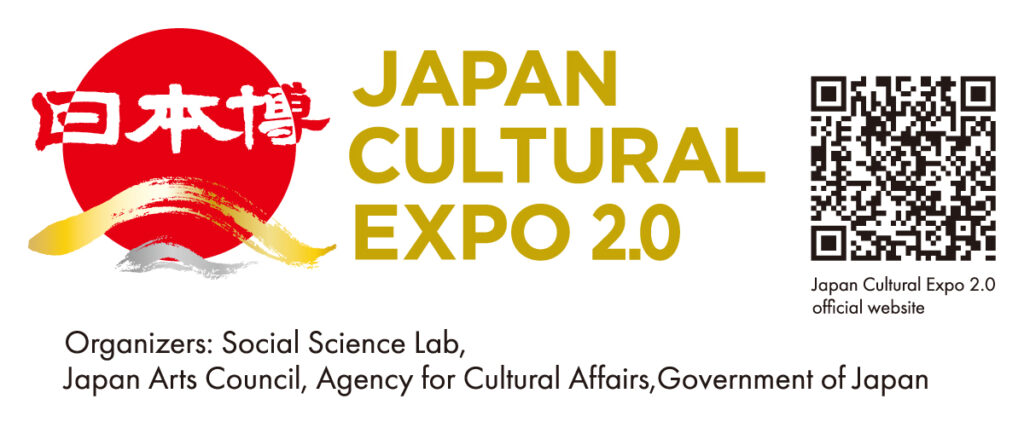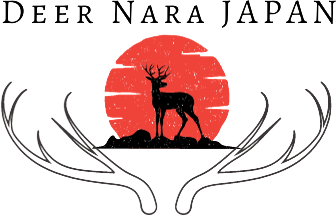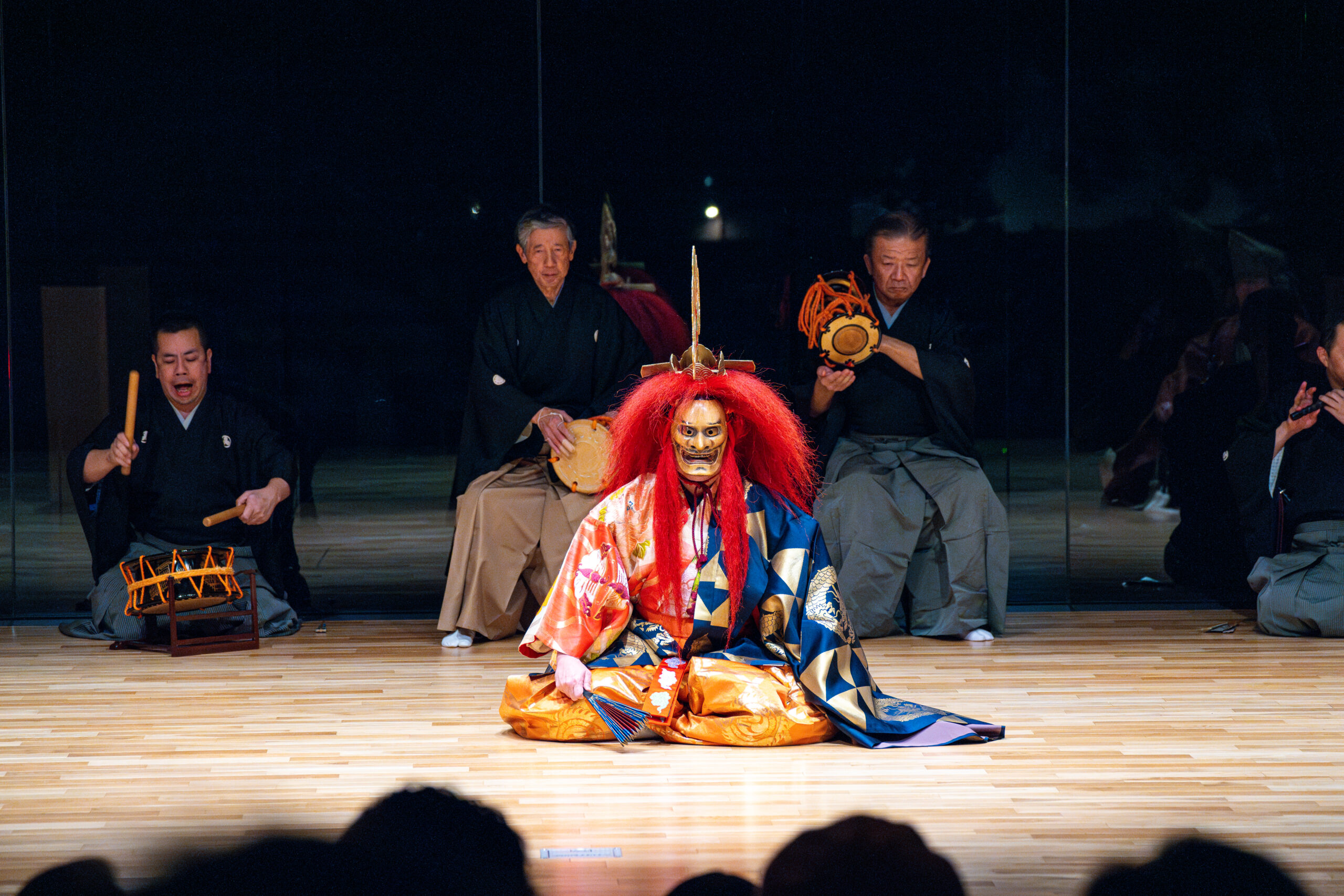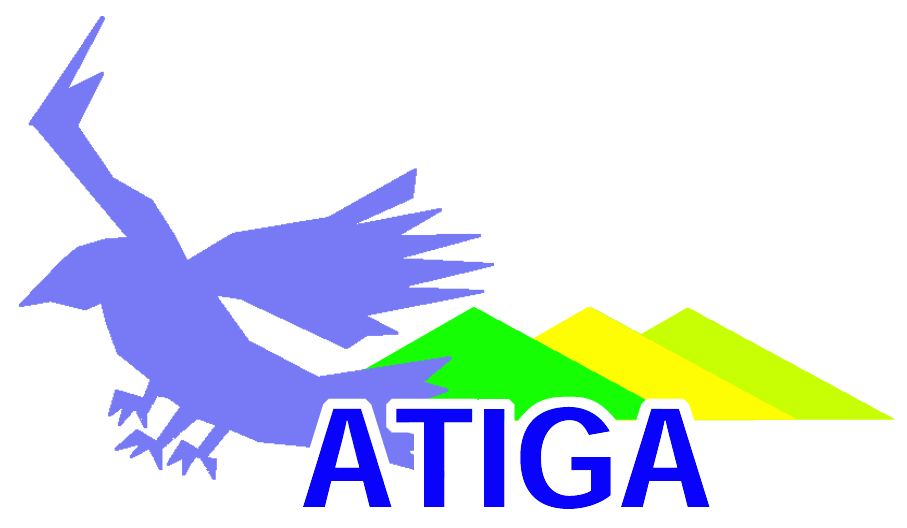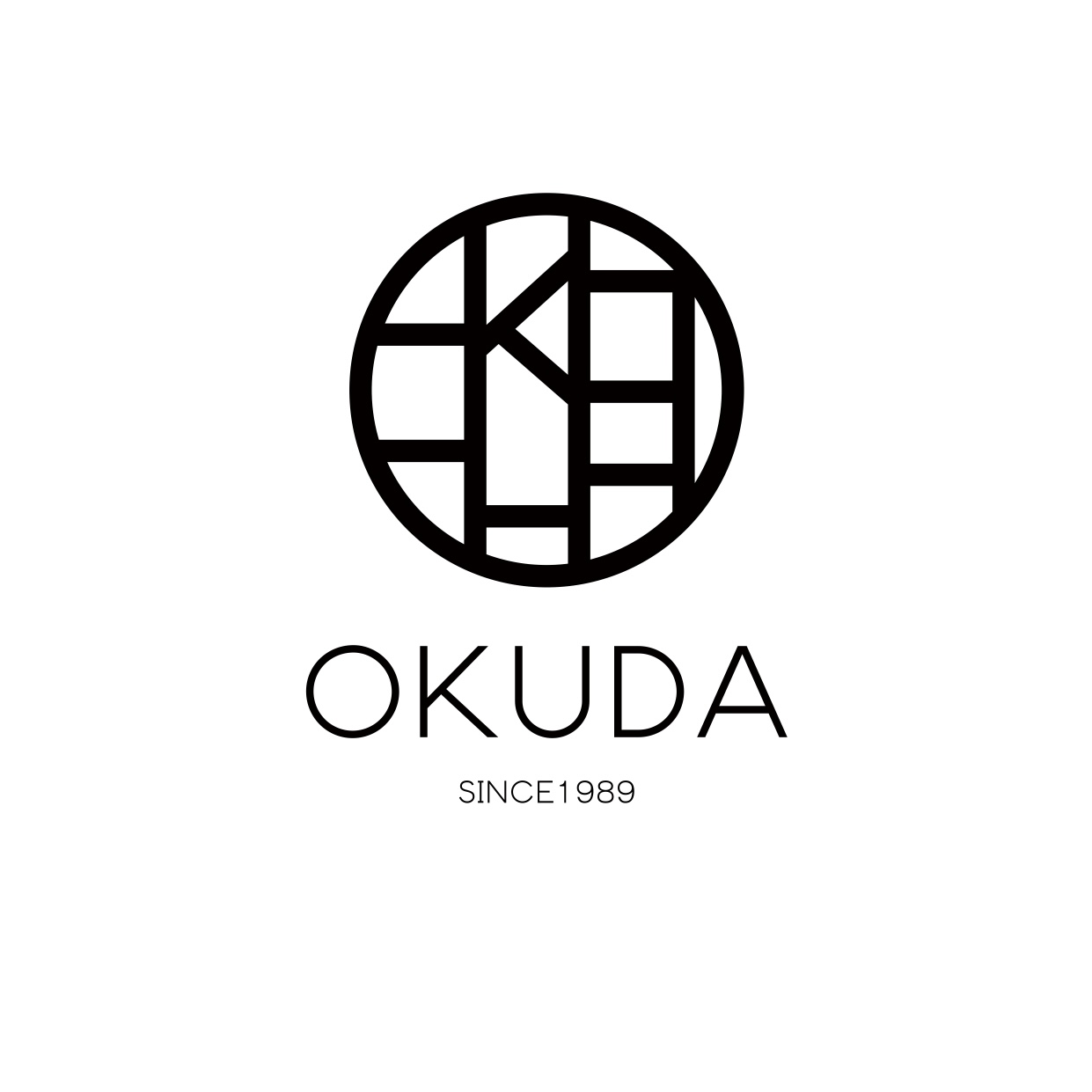Noh Theatre Tour Report
The tour began with a Noh performance at a lecture hall near Nara Park. Prior to the performance, we were given a detailed explanation of Noh, which was both clear and informative. I greatly appreciated this introduction as it made the performance more accessible.
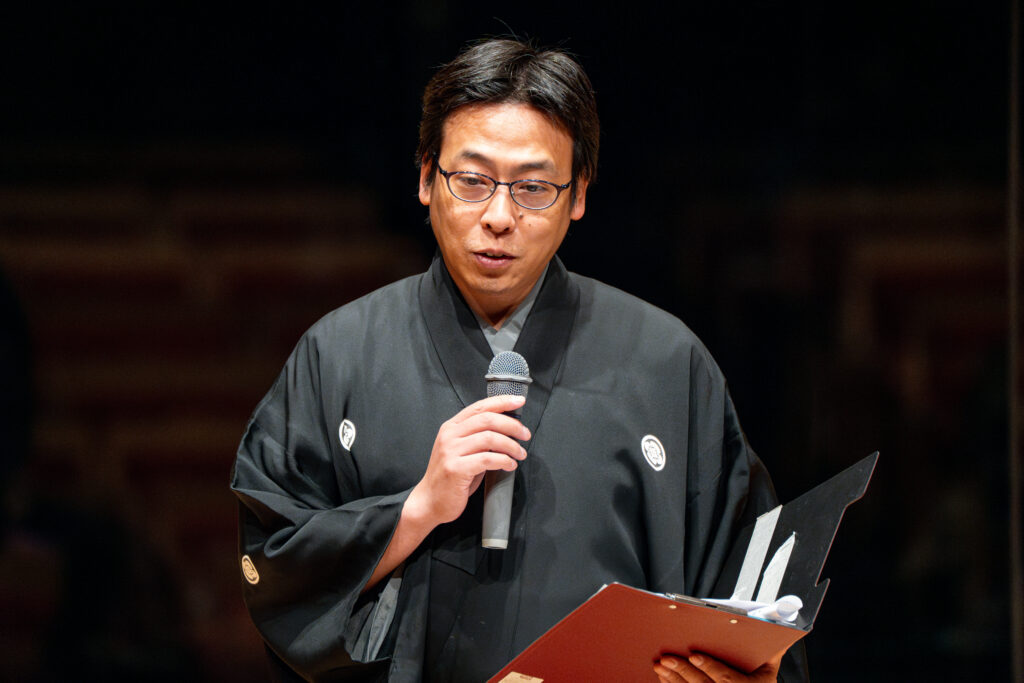

Experiencing the performance live was profoundly impactful—the intensity and depth of the performance were far more striking than watching it on a screen. The elegance and solemnity of the movements, combined with the poetic expressions, conveyed the profound cultural and traditional essence of Noh in a way that was palpable.
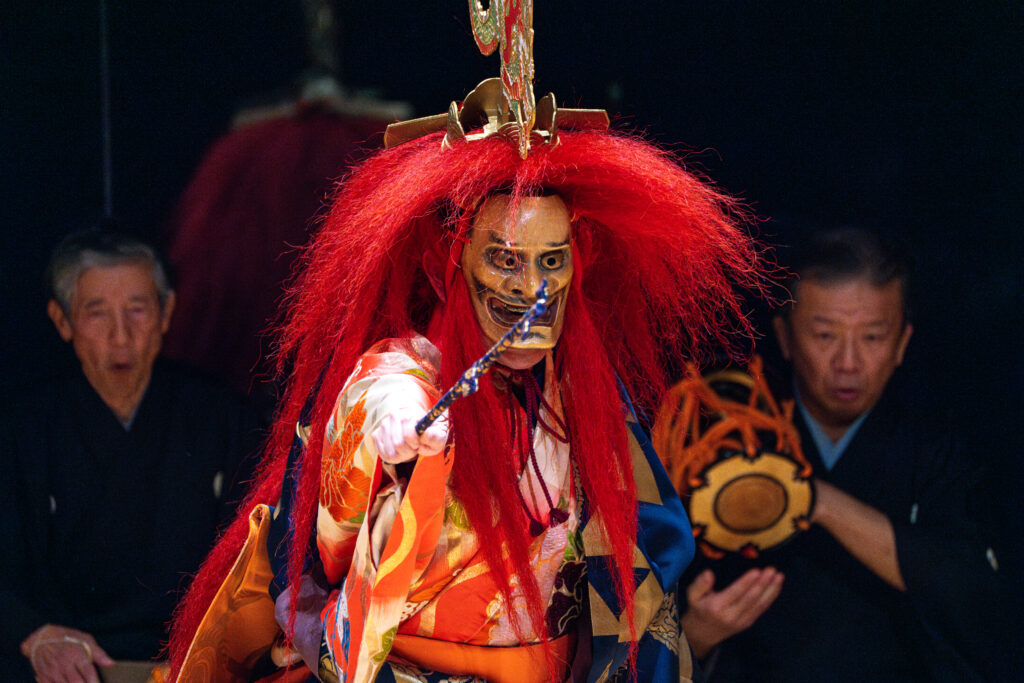
After the performance, the group was split into two smaller groups for a hands-on workshop. This was an incredibly rare and valuable experience. We had the opportunity to handle traditional Noh instruments and wear the iconic Noh masks while learning about their significance.
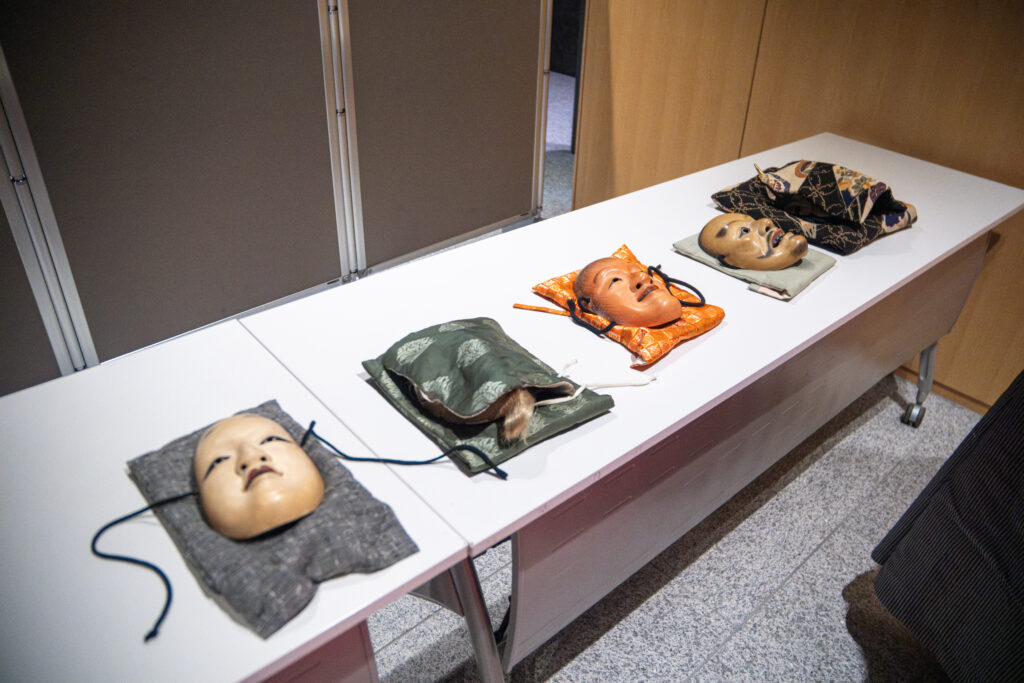
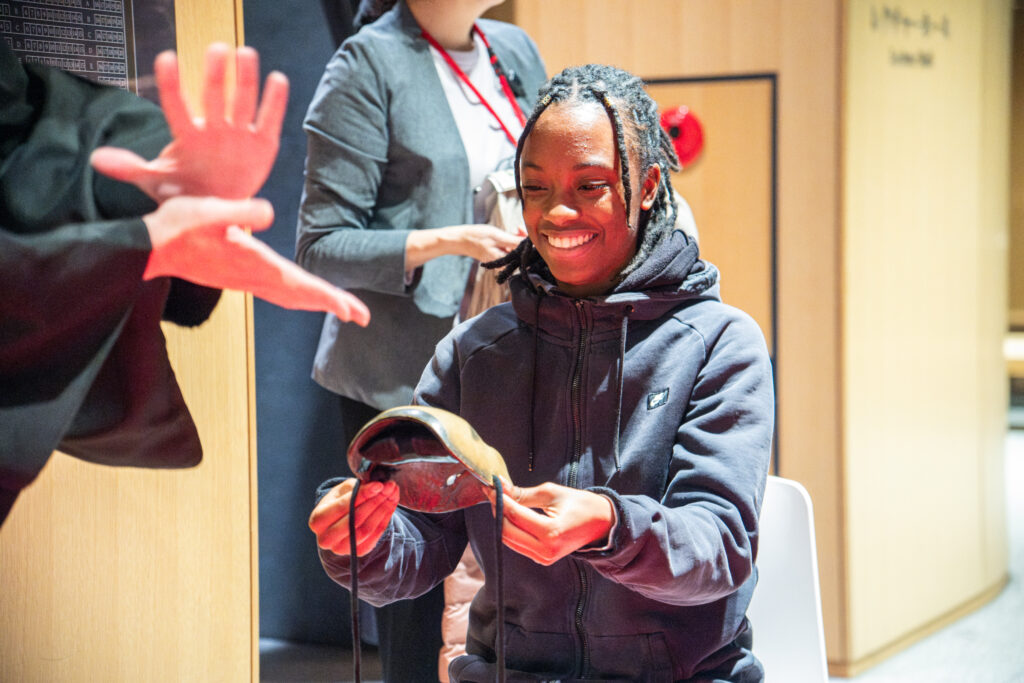
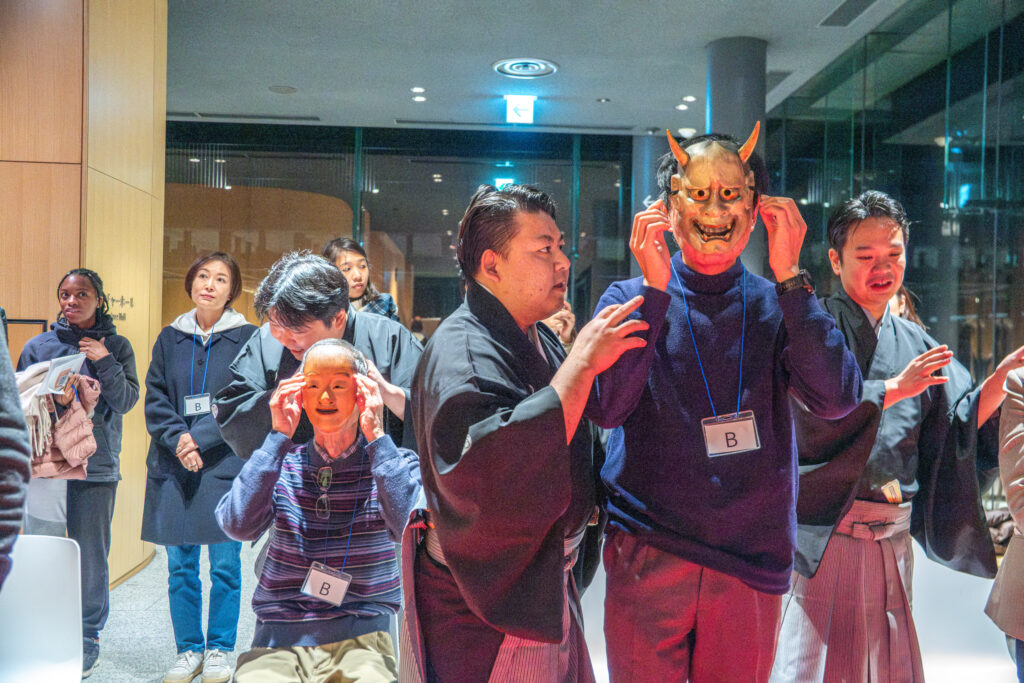
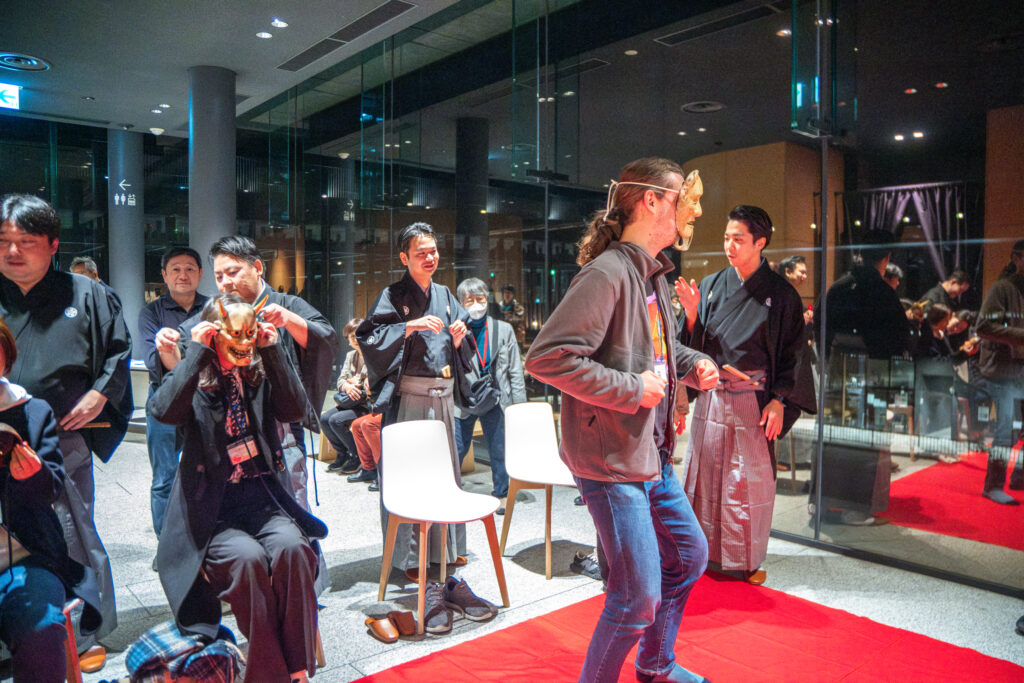
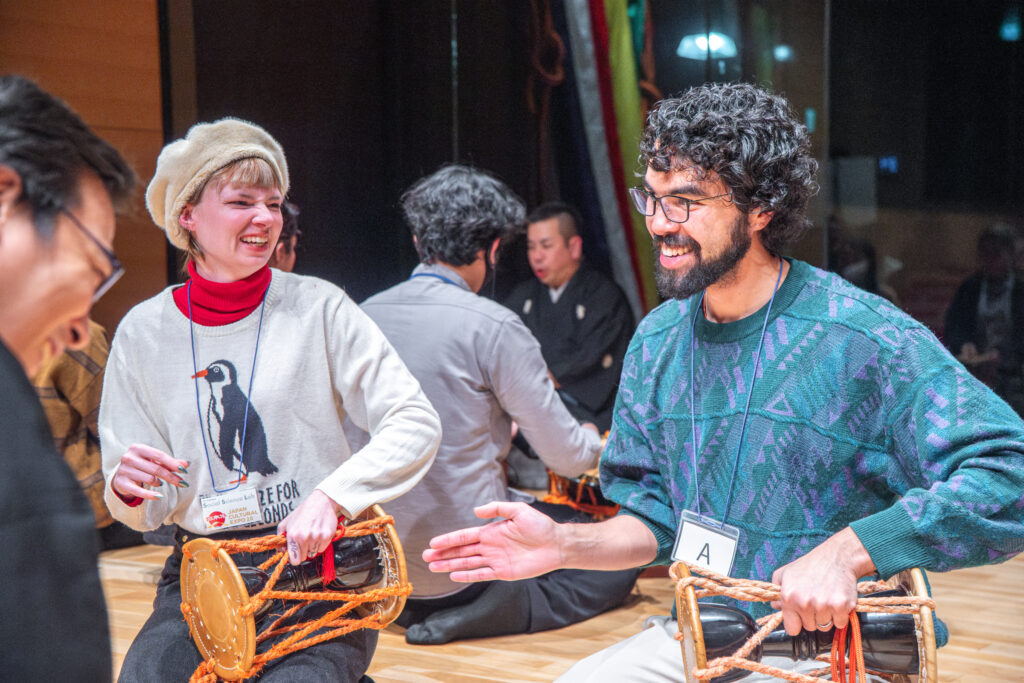
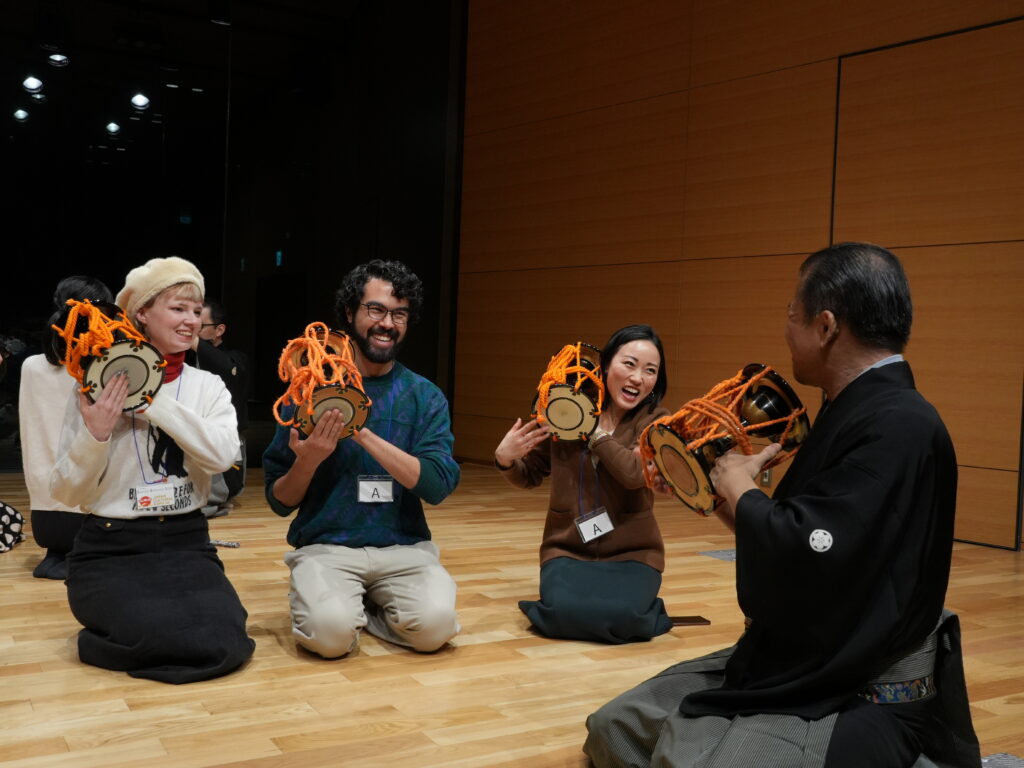
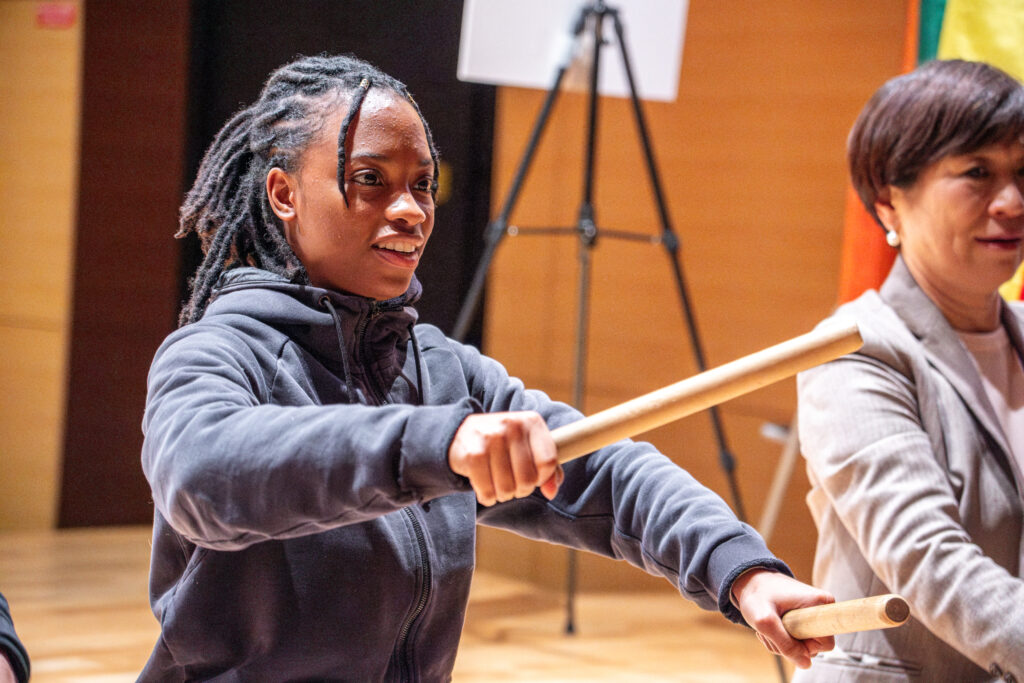
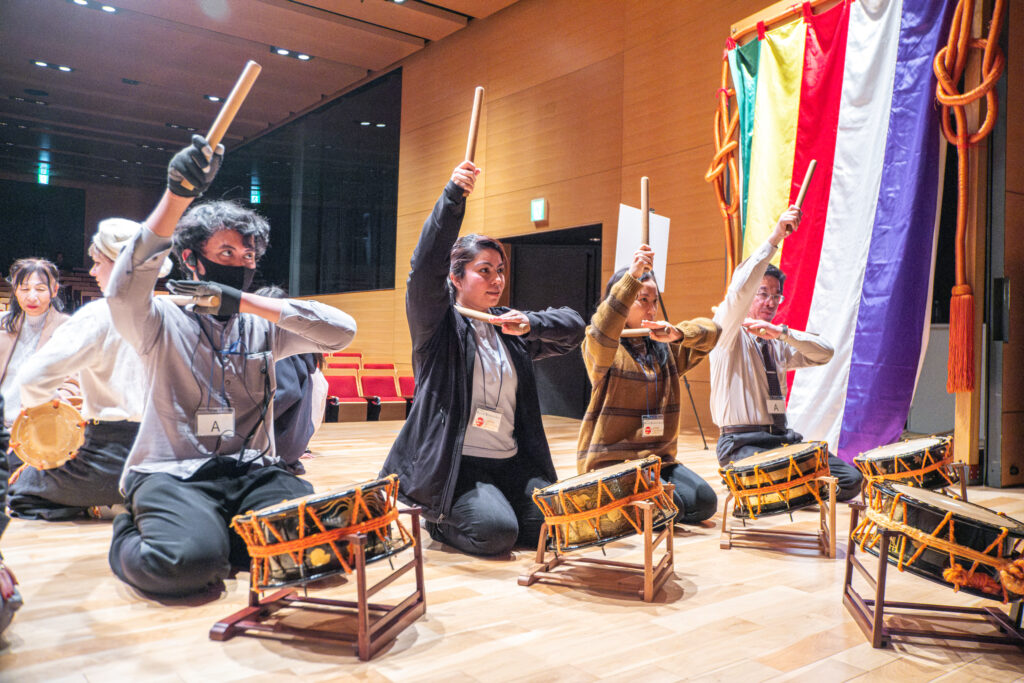
I was particularly fascinated by the Noh masks, as each one is meticulously crafted to evoke specific emotions or represent particular characters. Wearing them allowed me to gain a deeper understanding of their complexity and artistry.
What left the strongest impression on me during the workshop was learning about the dedication required to master Noh. I was amazed to discover that Noh performers typically start training at the age of six and continue their rigorous practice for 23 to 46 years. The commitment and discipline involved in mastering this art form were truly awe-inspiring. I gained a profound respect for the performers’ passion and the dedication they maintain throughout their careers.
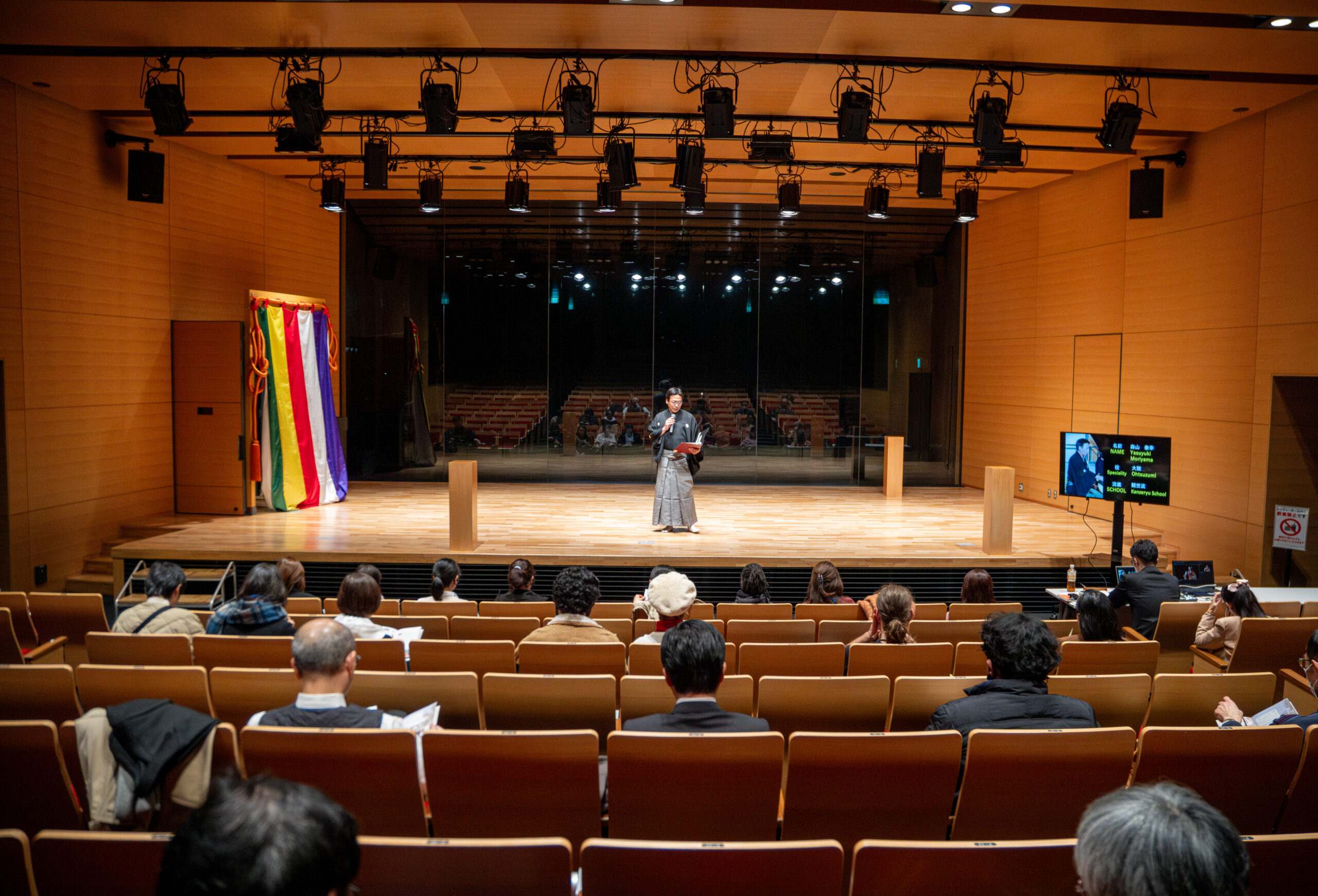
I also had the chance to interview some of the other participants, many of whom were deeply moved by the experience. One participant shared, “Even though I couldn’t understand the ancient Japanese language, I still felt something deeply from the performance.” Another remarked, “I had seen videos before, but seeing it live was a completely different experience. It was so much fun, and I learned how difficult it is to create music with the instruments.” Others also reflected on the experience of wearing the Noh masks, with one saying, “It was hard to see and walk with the mask on. It made me realize how much balance and control the performers need.”
Following the workshop, it was evident that the participants had developed a deeper appreciation for Noh. The hands-on experience allowed us to connect more deeply with the art form and understand the immense skill and dedication required to bring it to life.
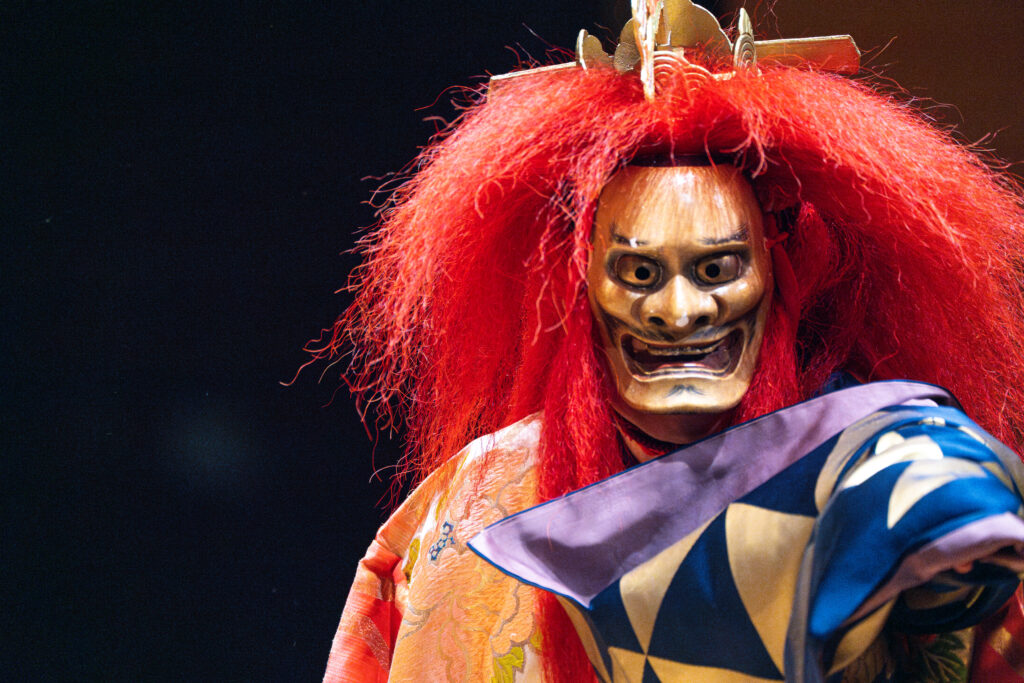
Overall, the Noh theatre tour was a wonderful blend of performance, education, and hands-on experience. It left everyone with a newfound respect for the artistry and cultural richness of Noh theatre, making it an incredibly meaningful and enriching experience.
Guide Tour
The following day of Nogaku Noh Theatre Tour, I participated in a guided tour that focused on locations related to Noh theatre. The tour was a fantastic opportunity to further immerse myself in the cultural and historical aspects of Noh.
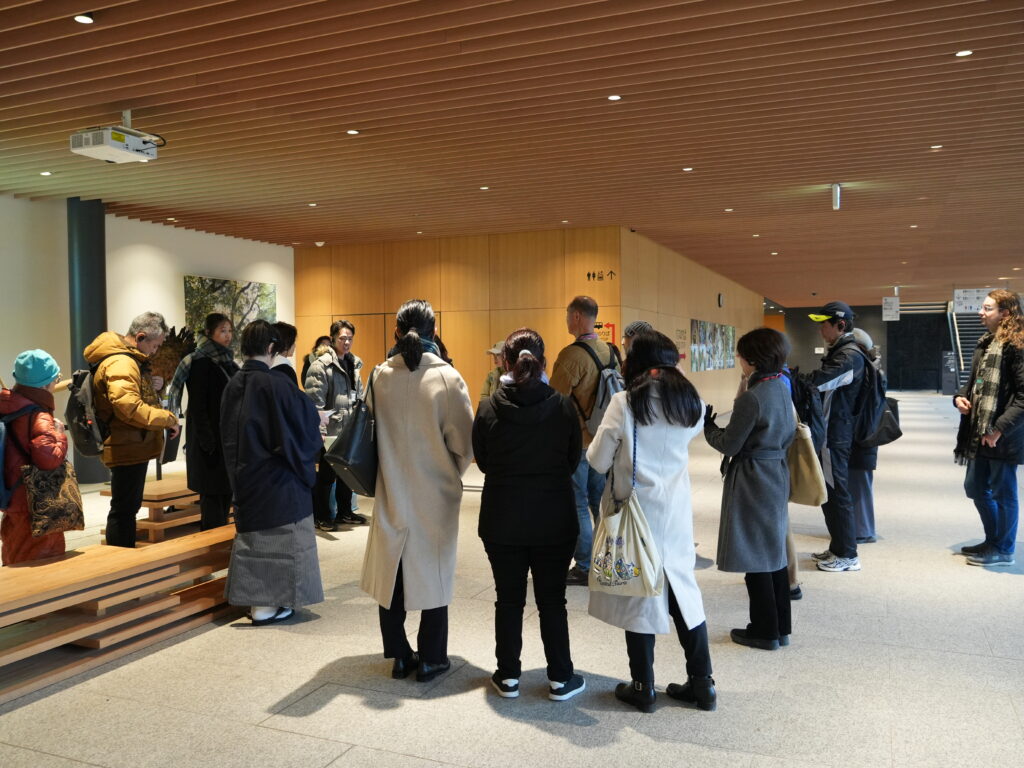
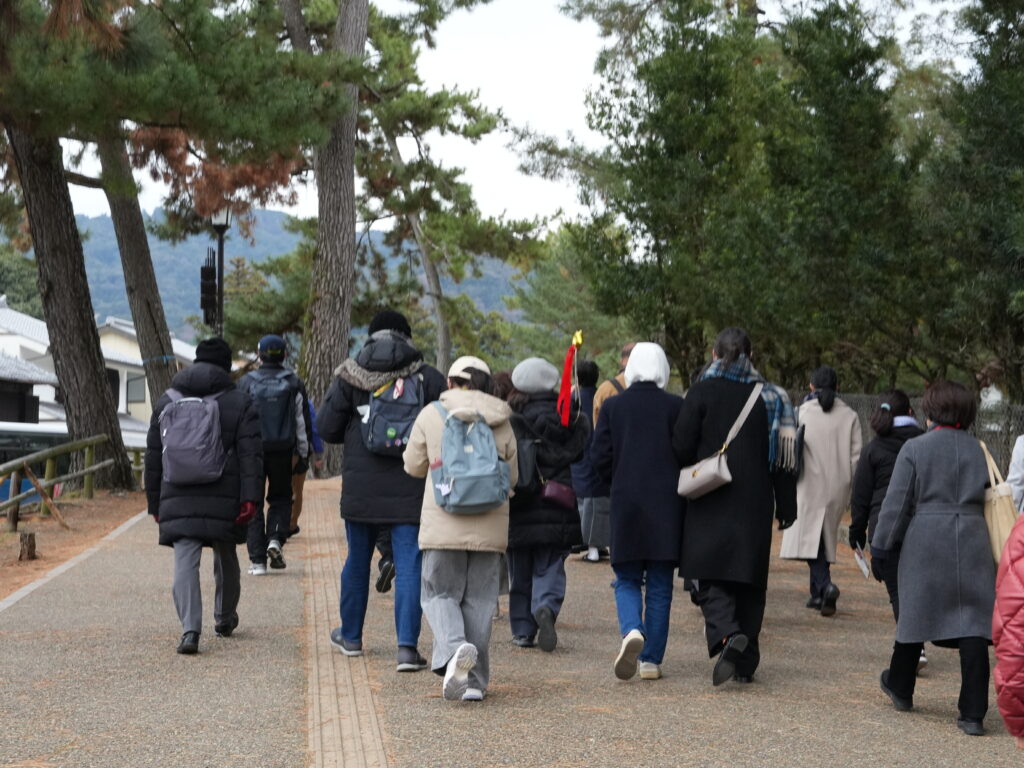
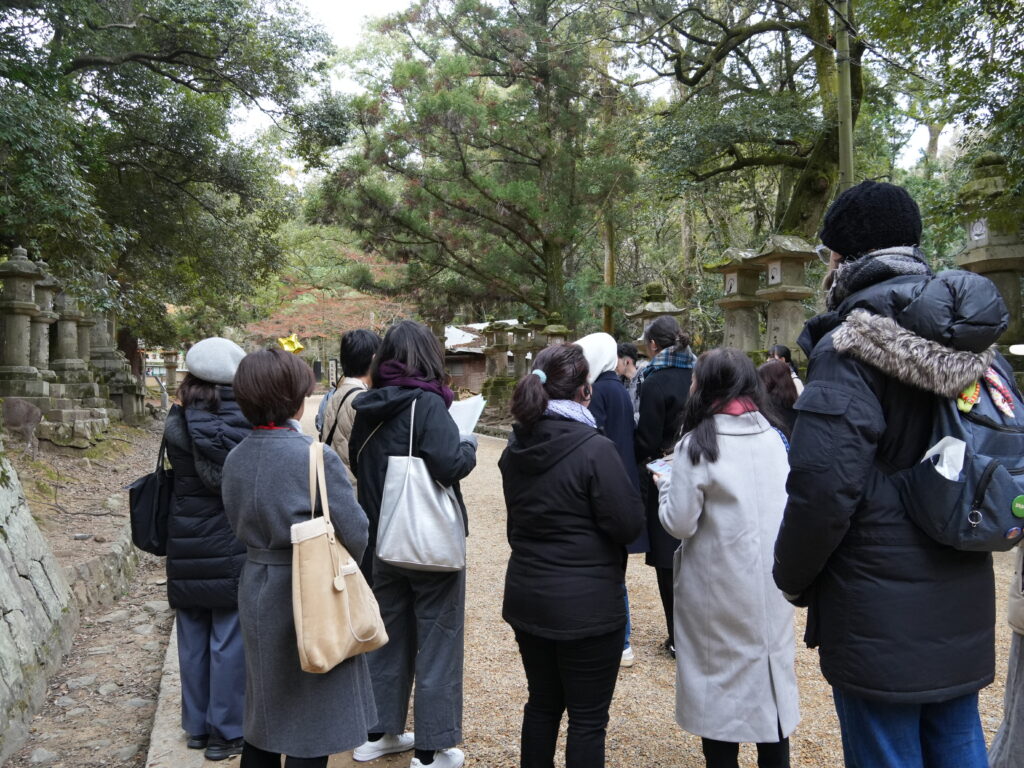
We visited several significant sites, including Kasuga Taisha Shrine, the Manyo Botanical Garden, Sarusawa Pond, and Kofuku-ji Temple. At Kasuga Taisha, the guide explained the connection between Noh and Shinto practices, highlighting how the shrine has been a place of inspiration for Noh performances for centuries. The Manyo Botanical Garden was particularly interesting, as it showcased plants mentioned in the ancient Manyoshu poetry collection, which has deep ties to Noh.
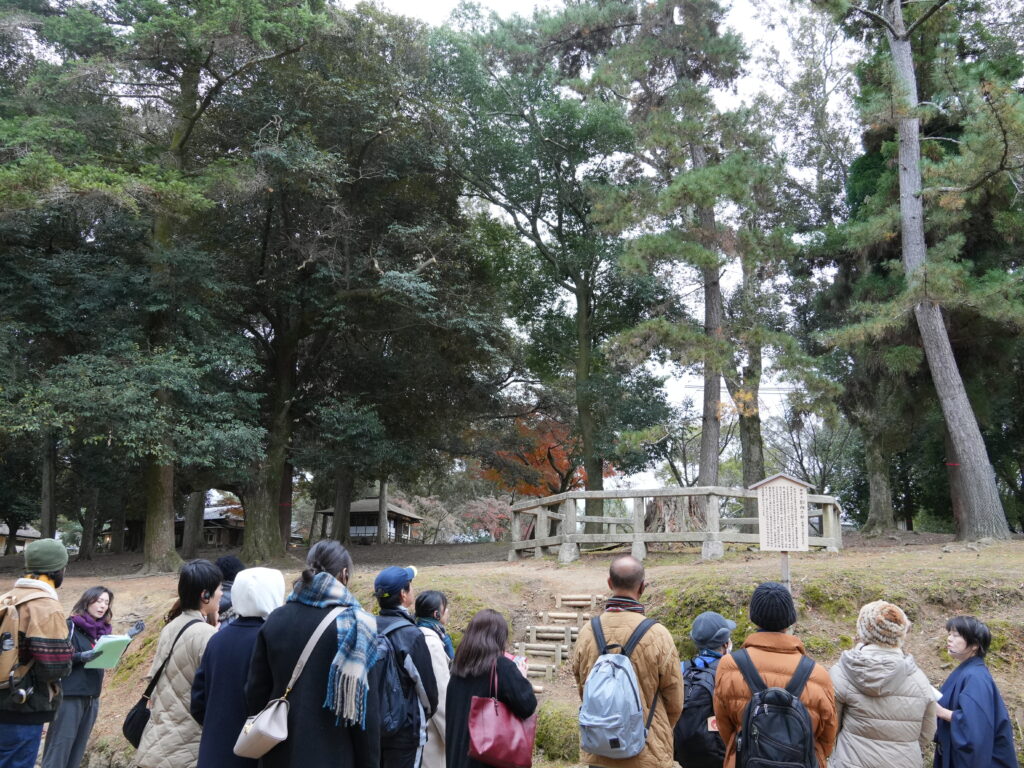
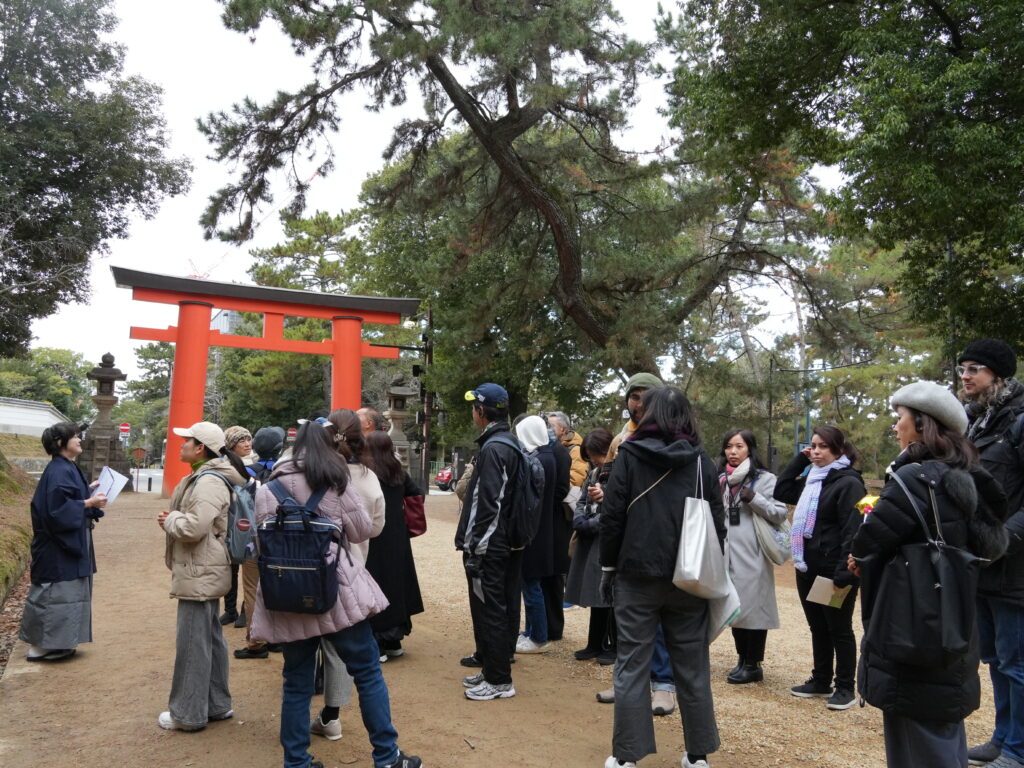
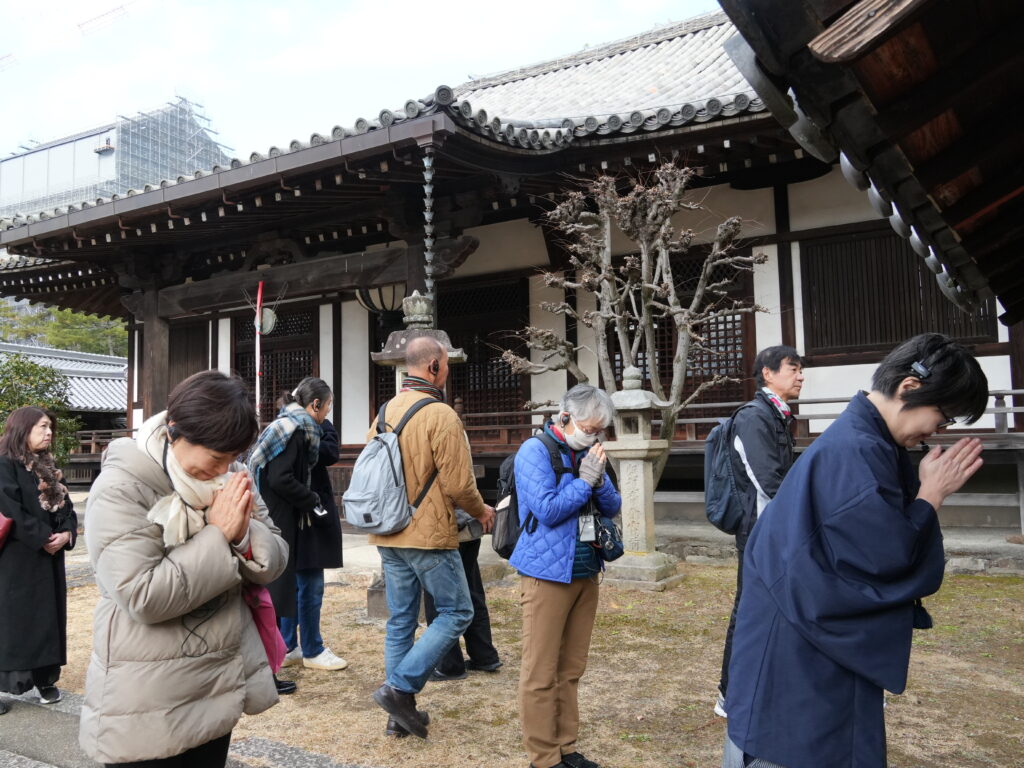
The guide also provided insight into the symbolism of pine trees, which are often featured in Noh plays, representing longevity and strength.
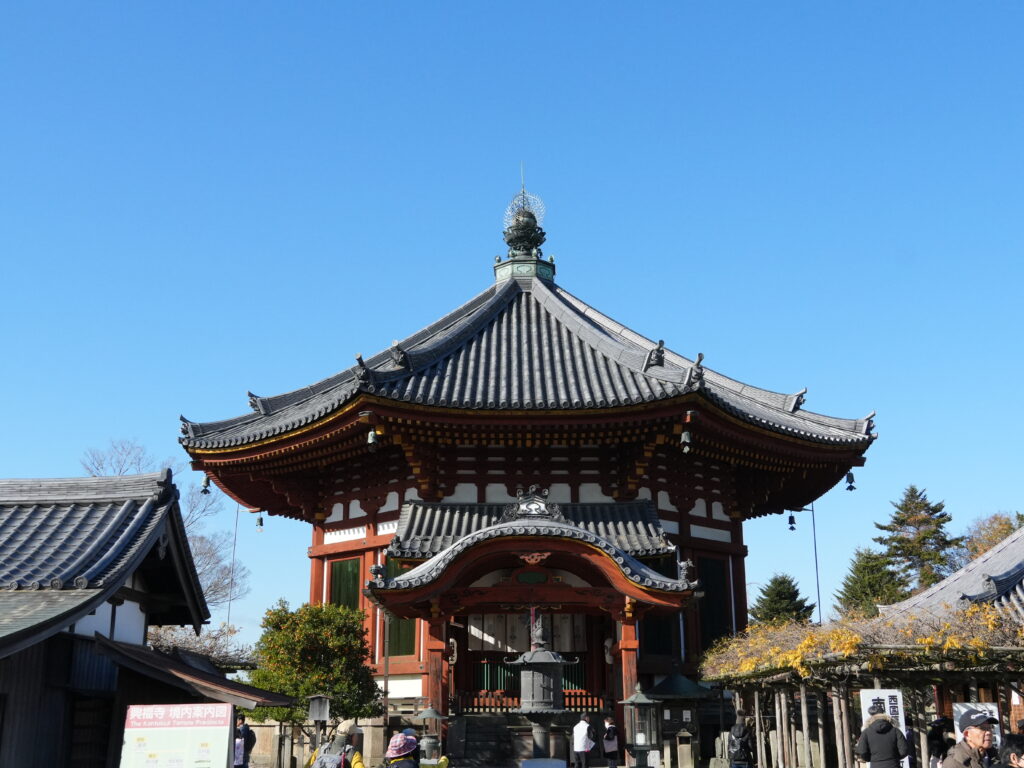
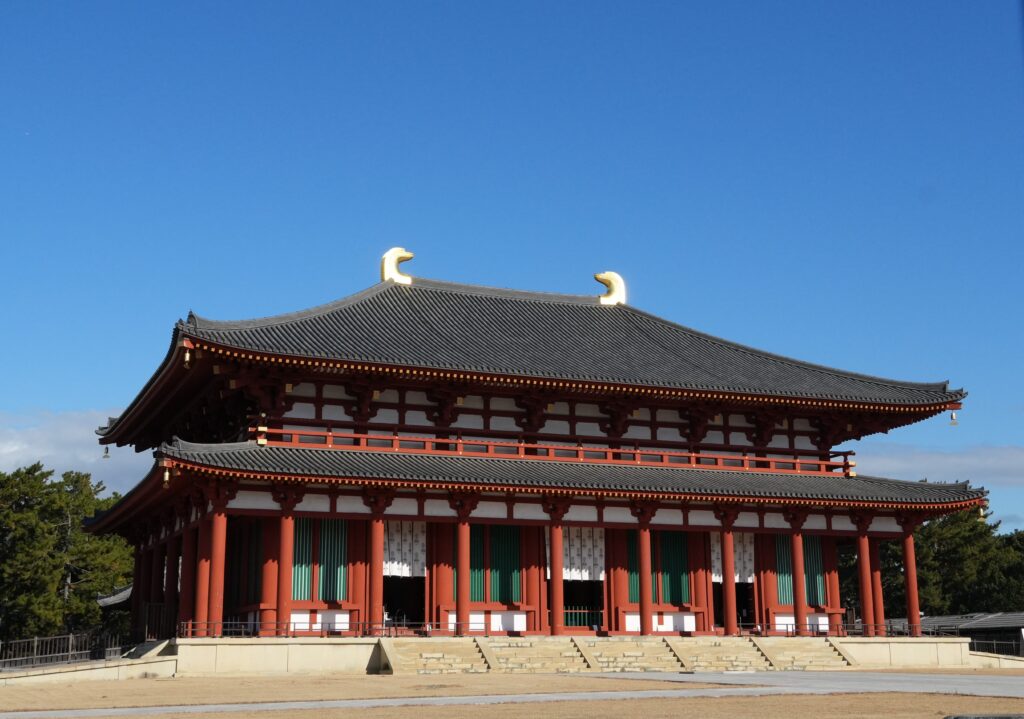
At Kofuku-ji Temple, we learned about the historical significance of the temple and its connection to Noh, as the temple has been a long-standing supporter of the art form. The guide shared fascinating stories about the role of Noh in Japanese religious and cultural life, and how the temple’s teachings have influenced Noh performances over time.
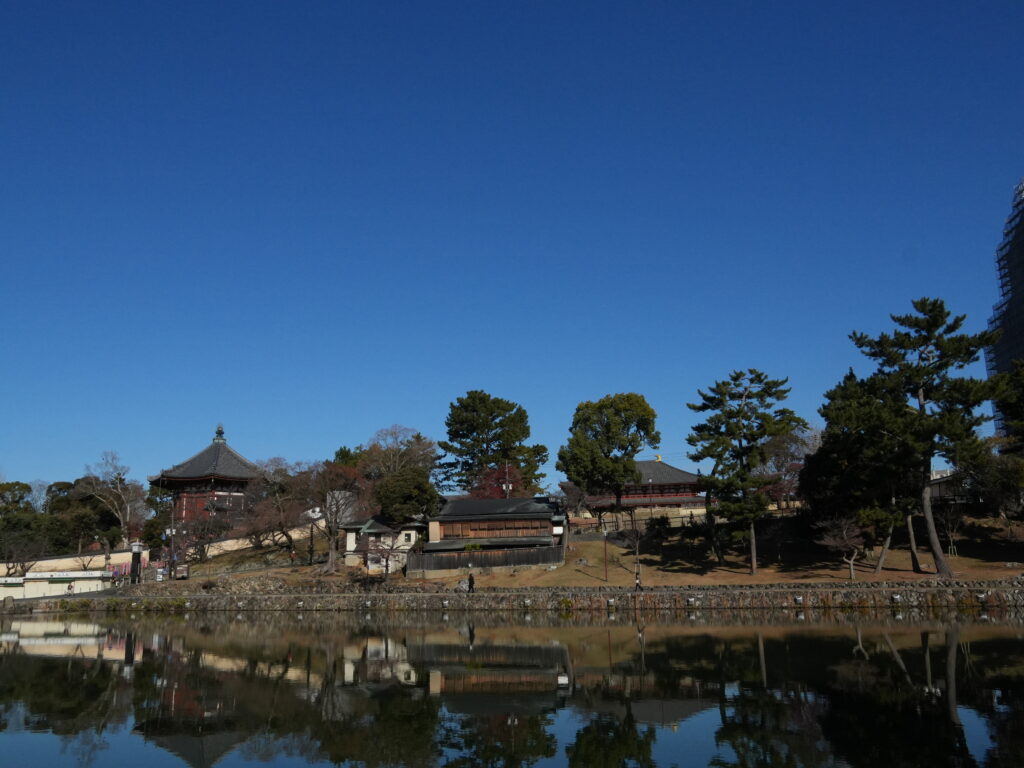
Having the chance to visit these important locations while learning about their direct ties to Noh was an enriching experience. The tour offered a deeper understanding of how Noh is deeply intertwined with Japanese history, religion, and nature. I felt that this tour beautifully complemented the previous day’s Noh performance and workshop, allowing me to gain a holistic view of this traditional art form. It was an outstanding experience, providing both historical context and personal connections to Noh that deepened my appreciation for the tradition.
*This tour program was conducted as the second phase of the “Project for Building and
Promoting the International Brand of Nara Park, a Sacred Site Combining the Highest Tangible
and Intangible Cultural Heritage ,” a project commissioned by the FY 2024 Japan Cultural Expo
2.0 Project (by commission) .
